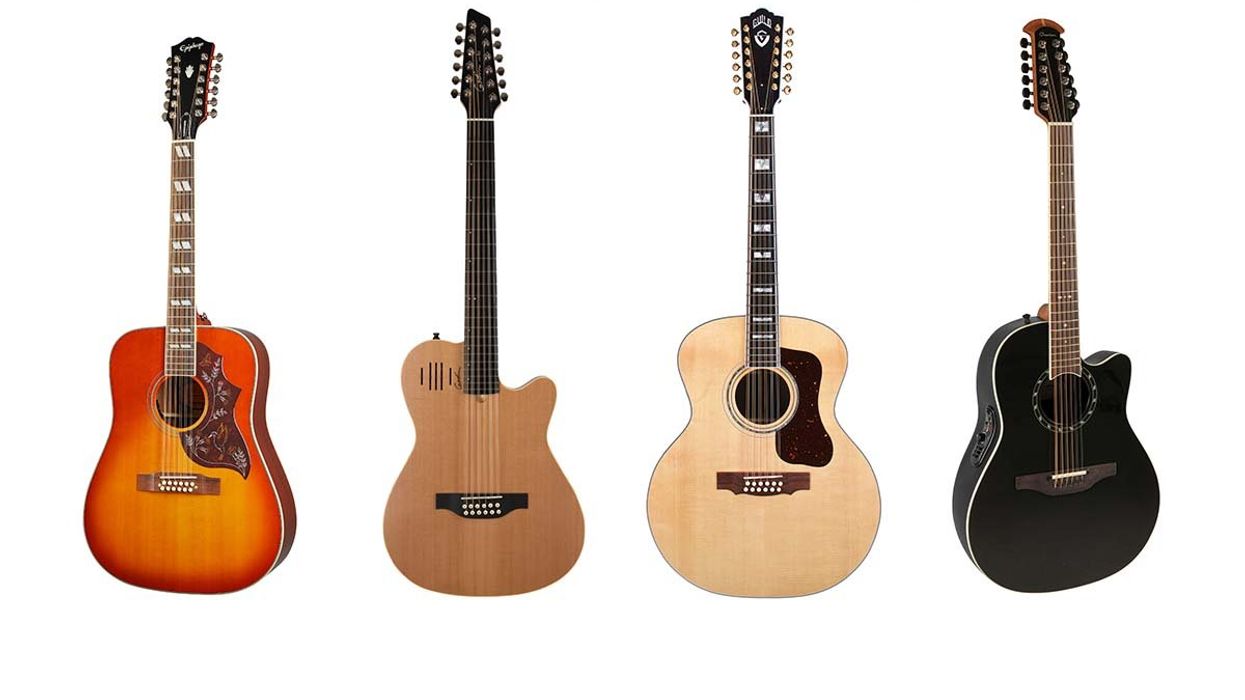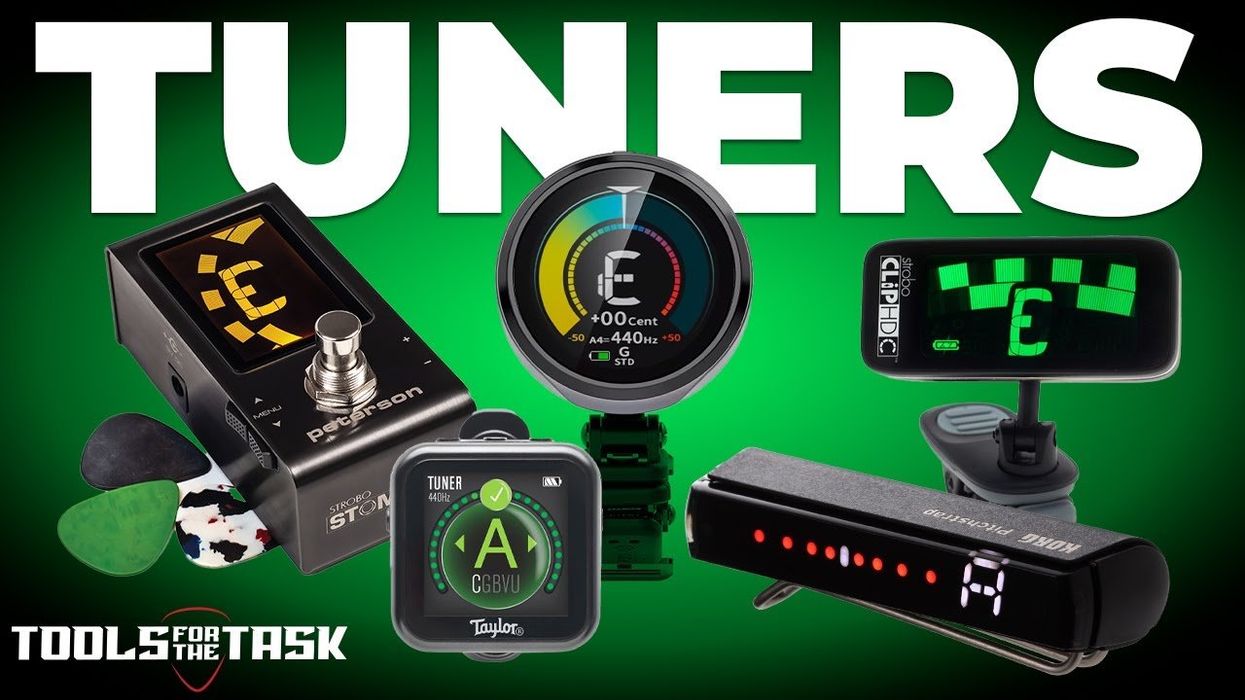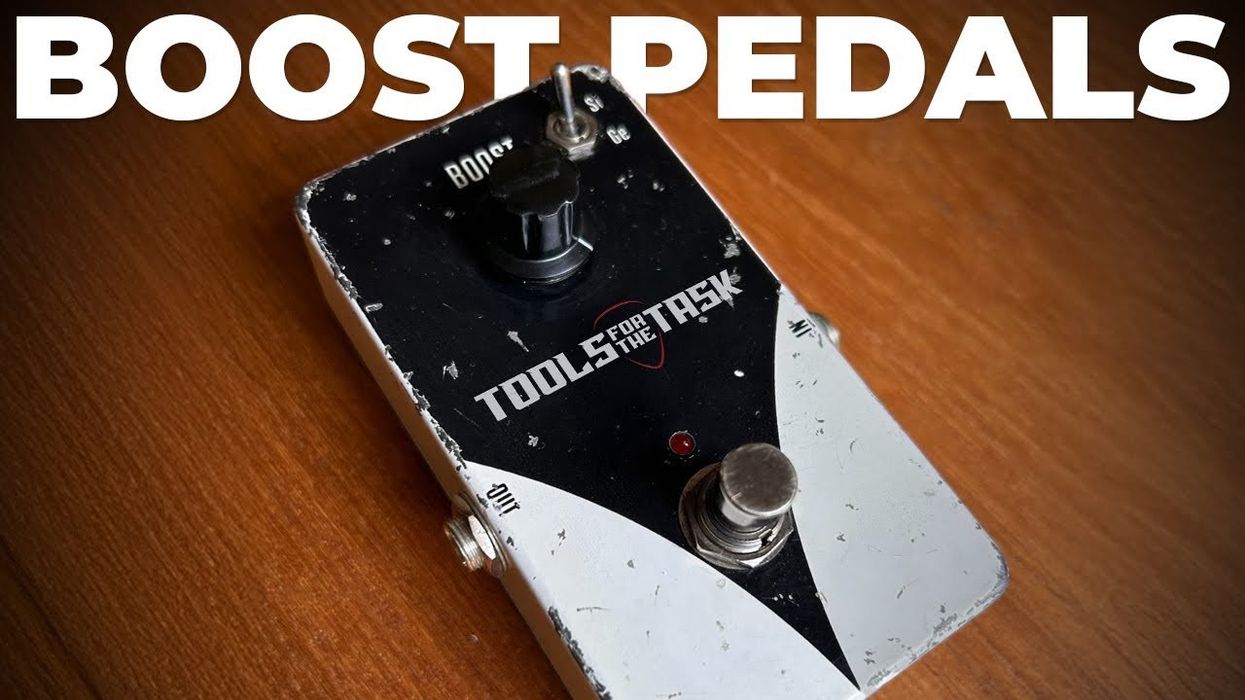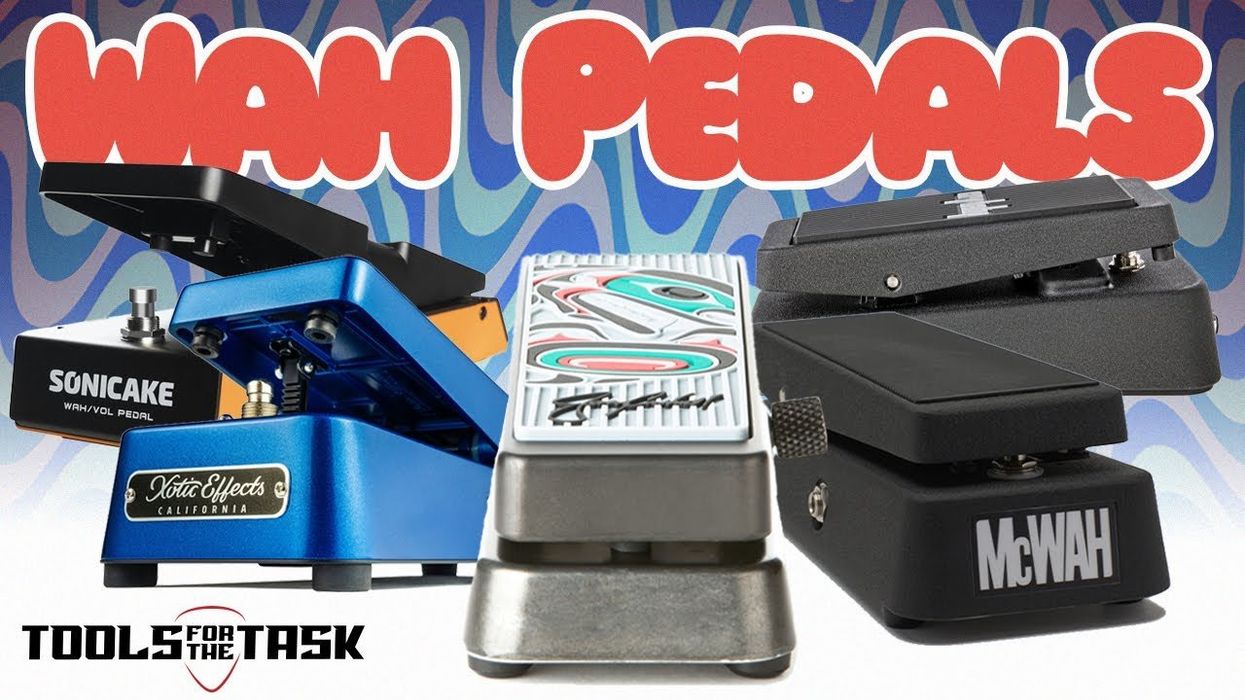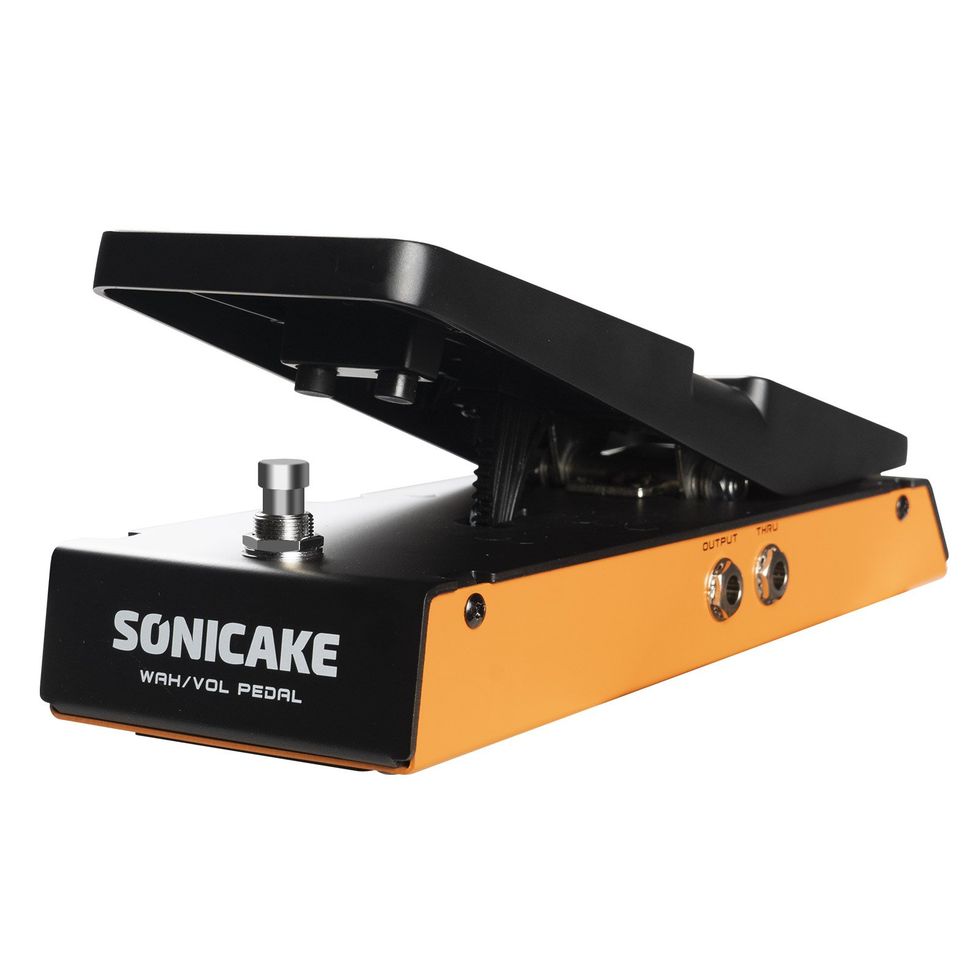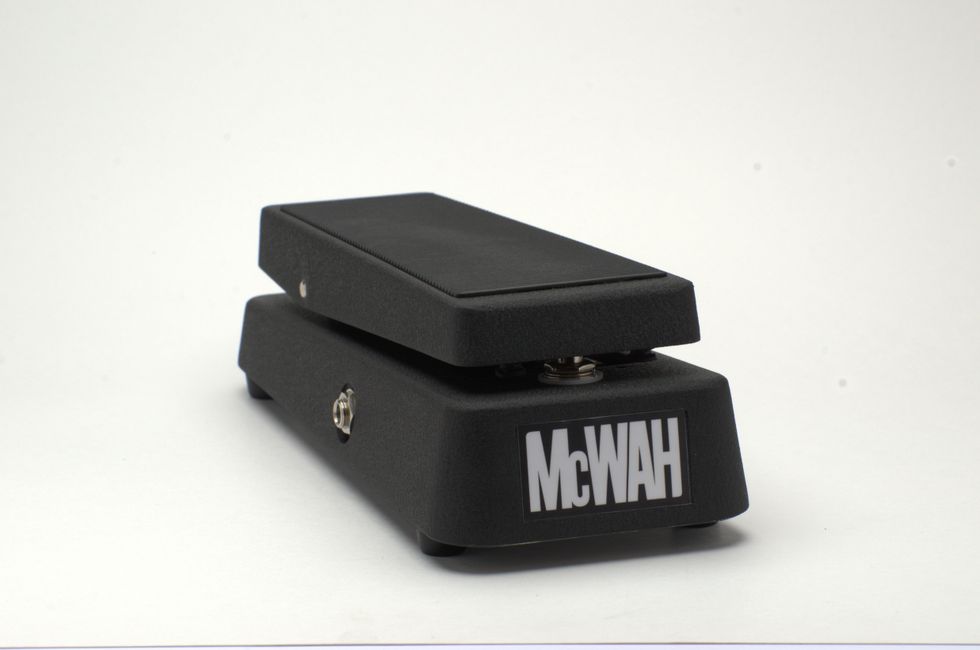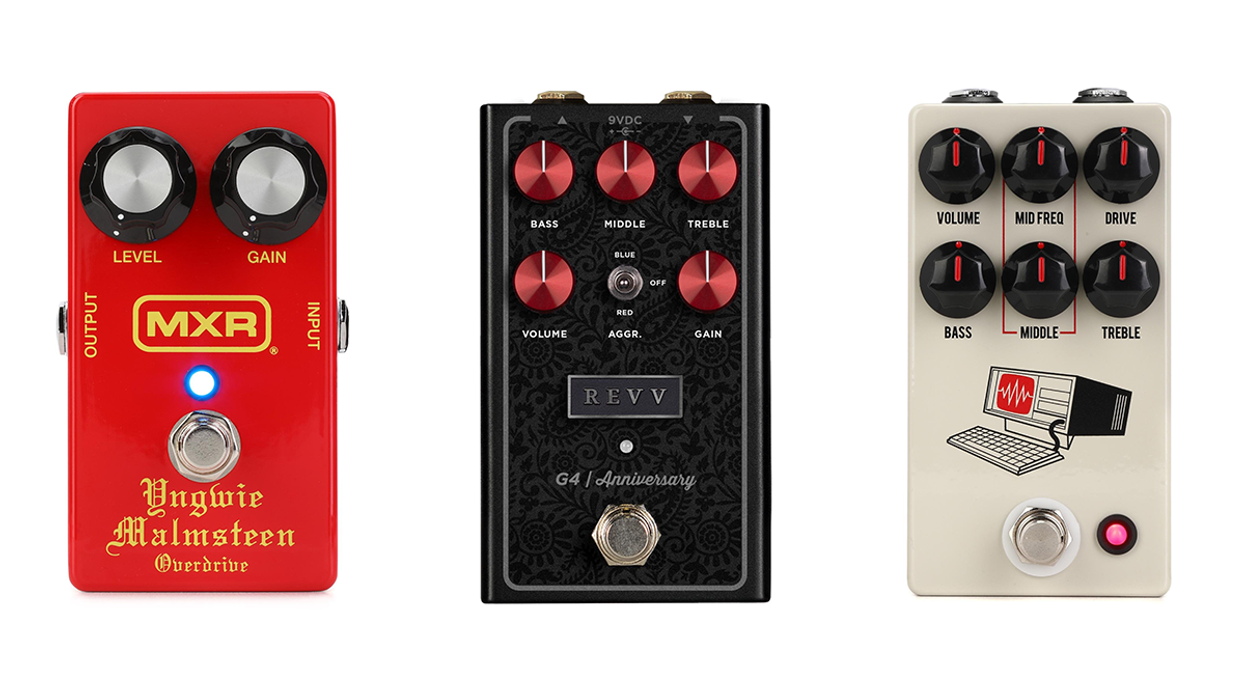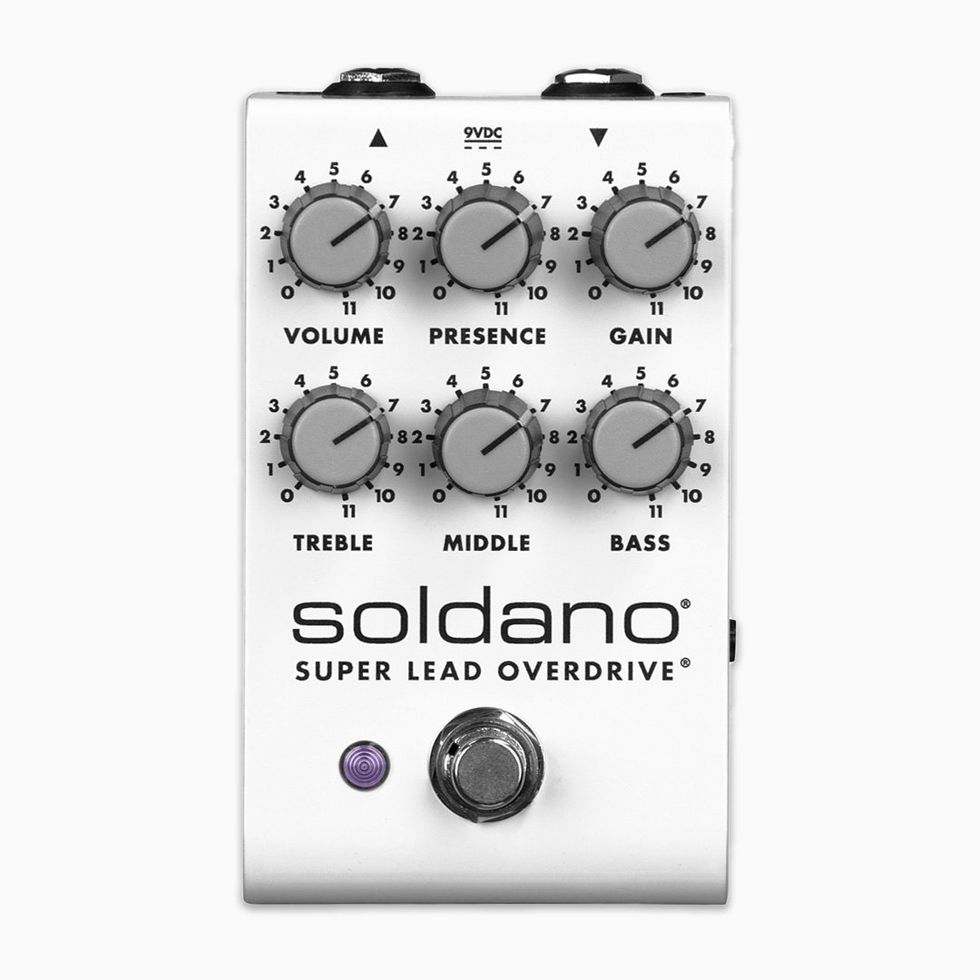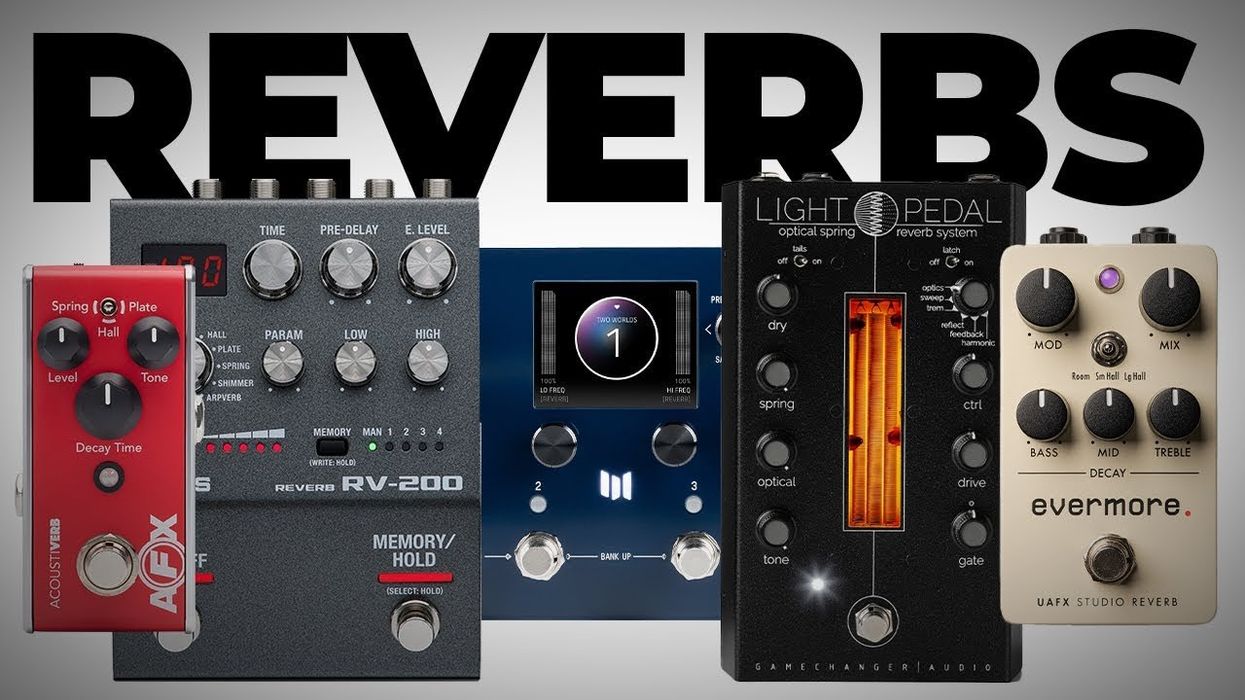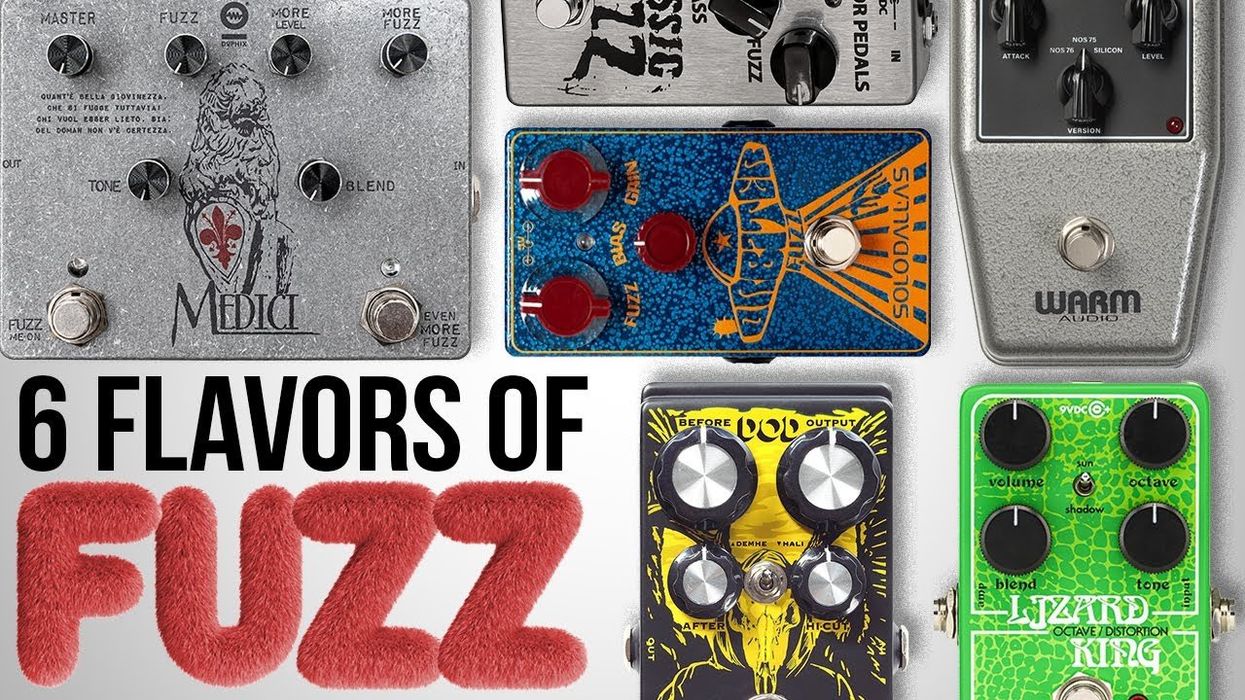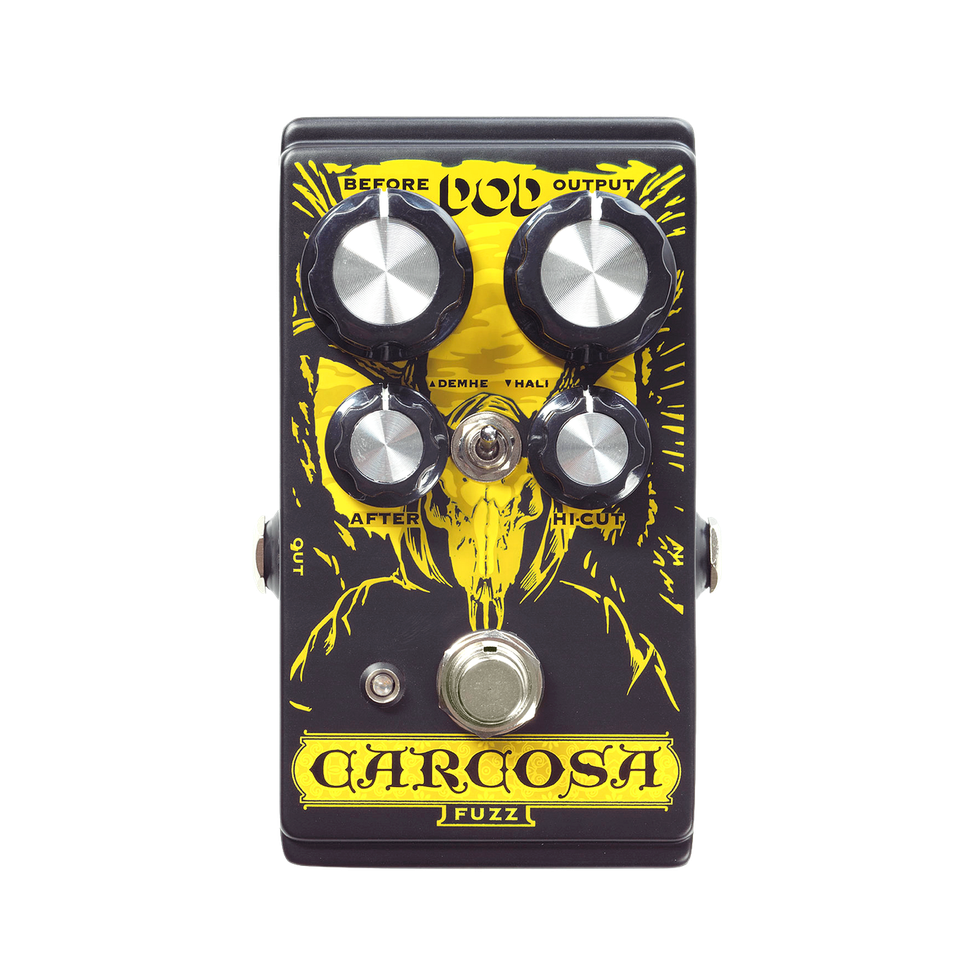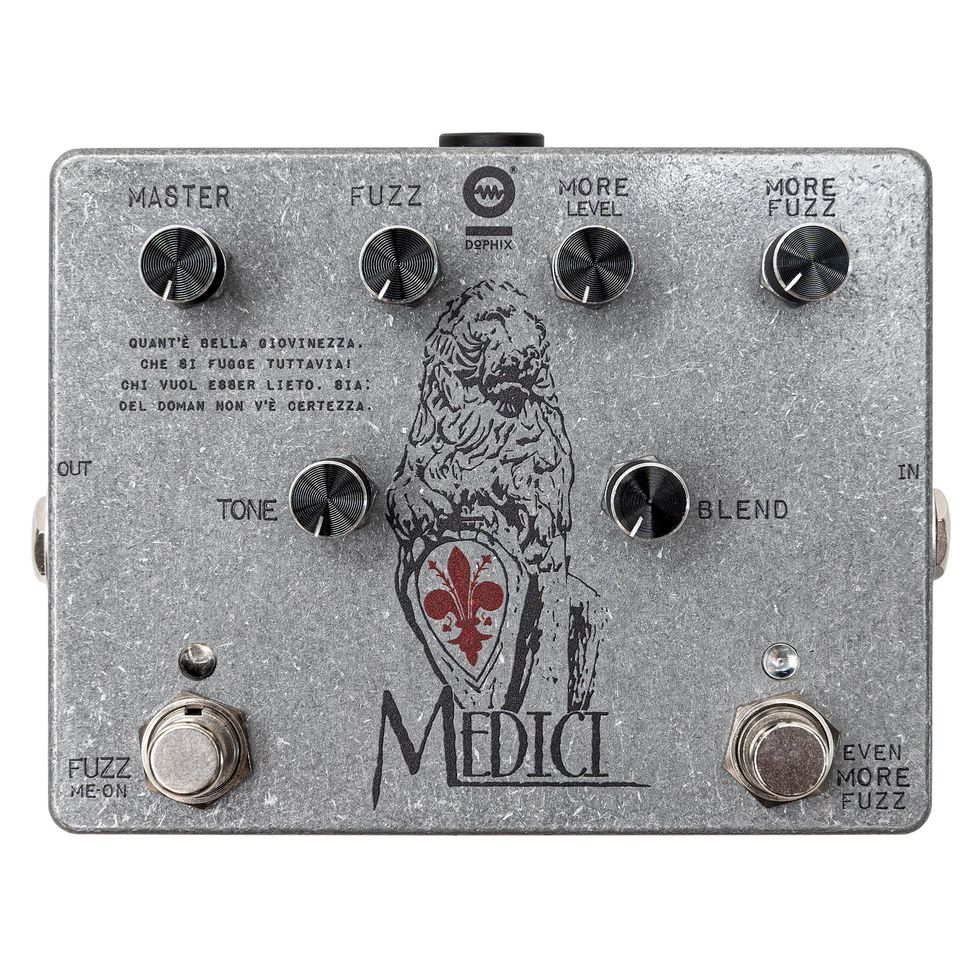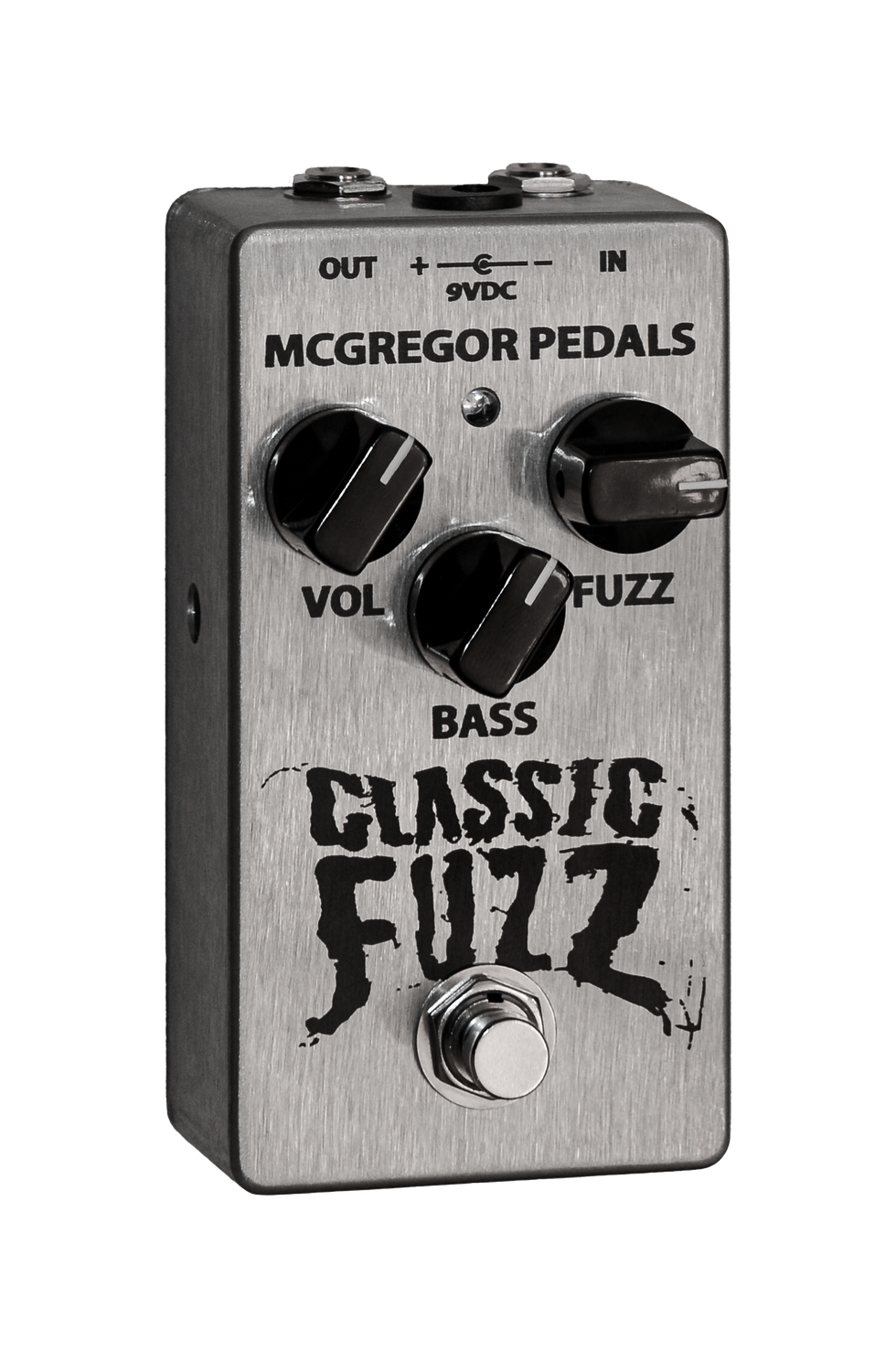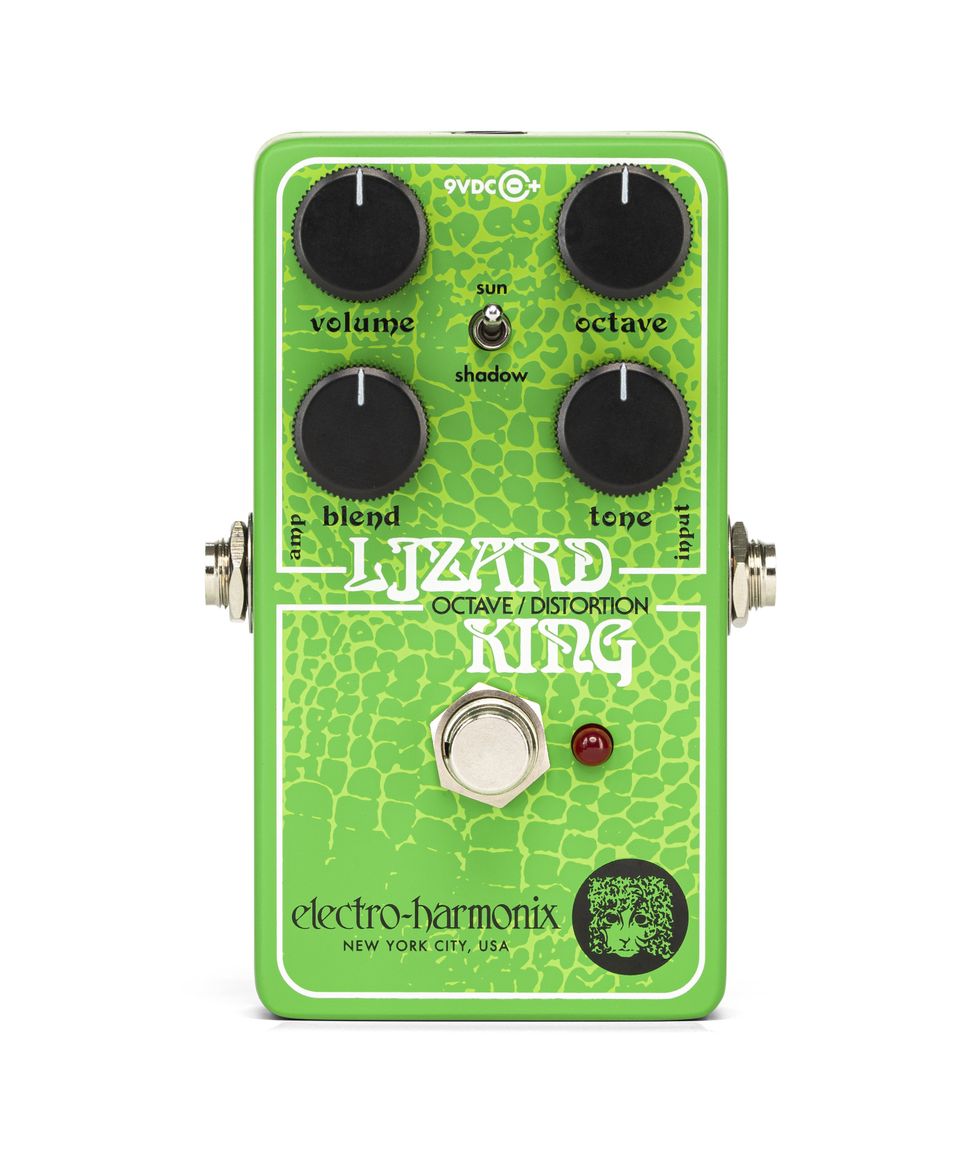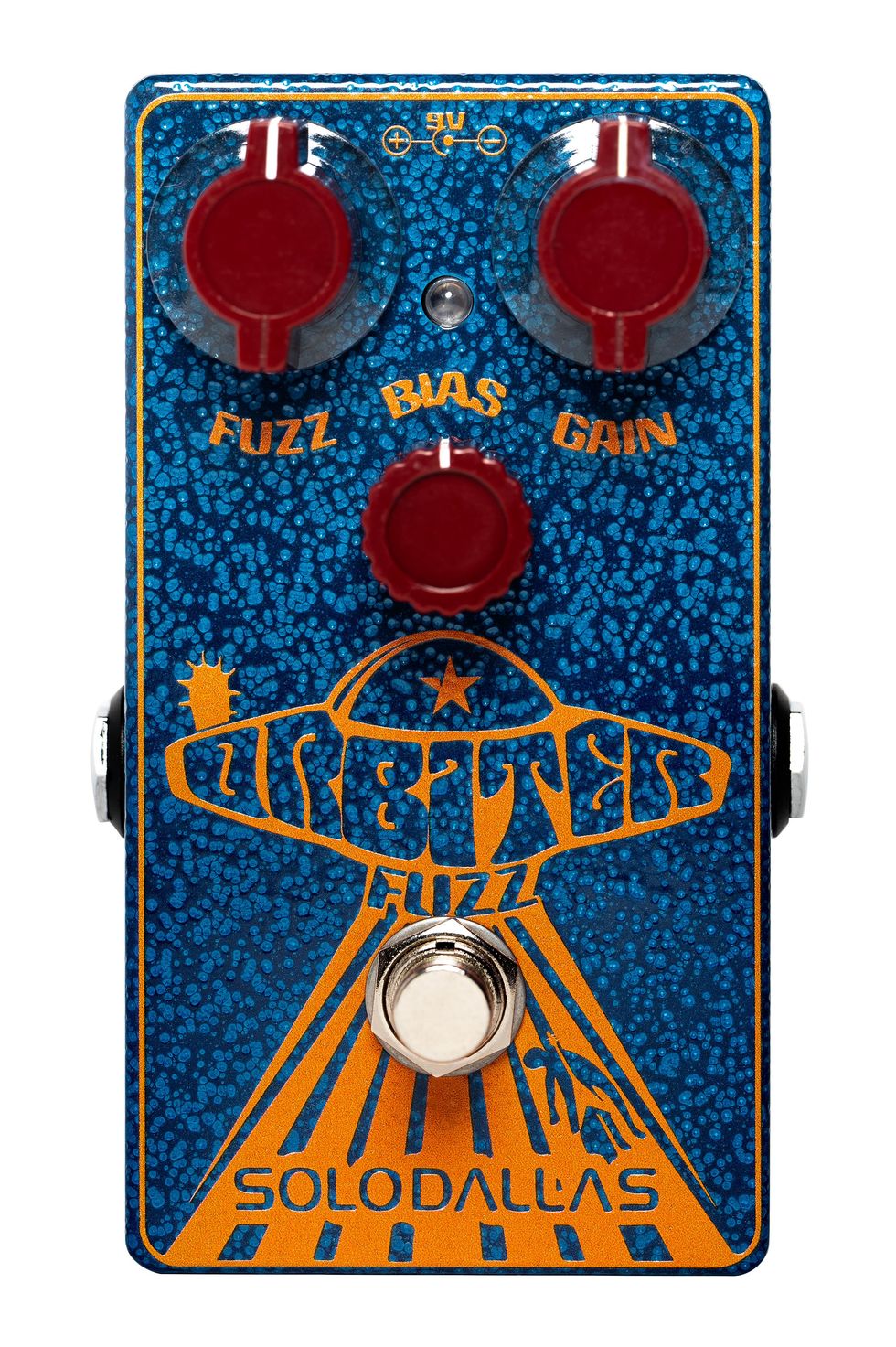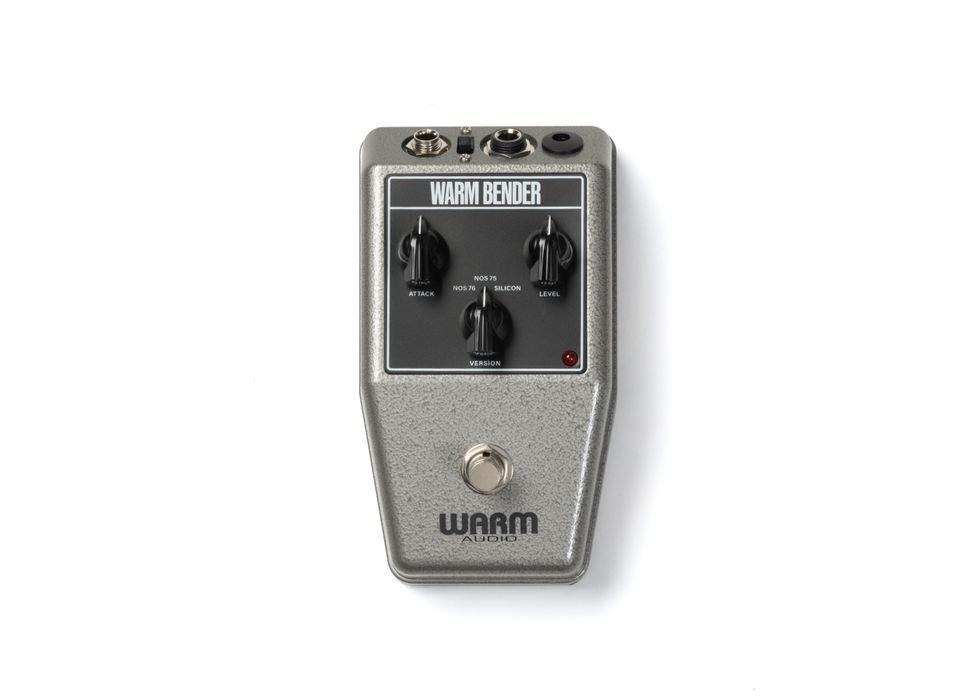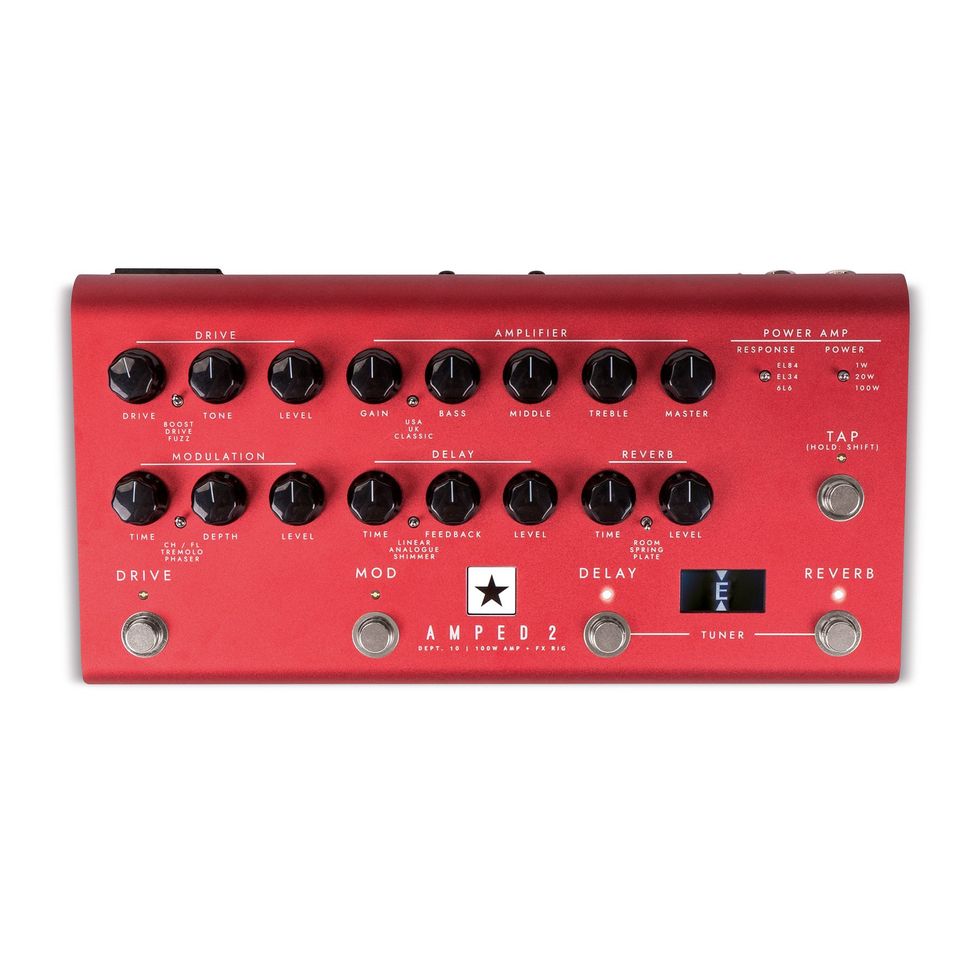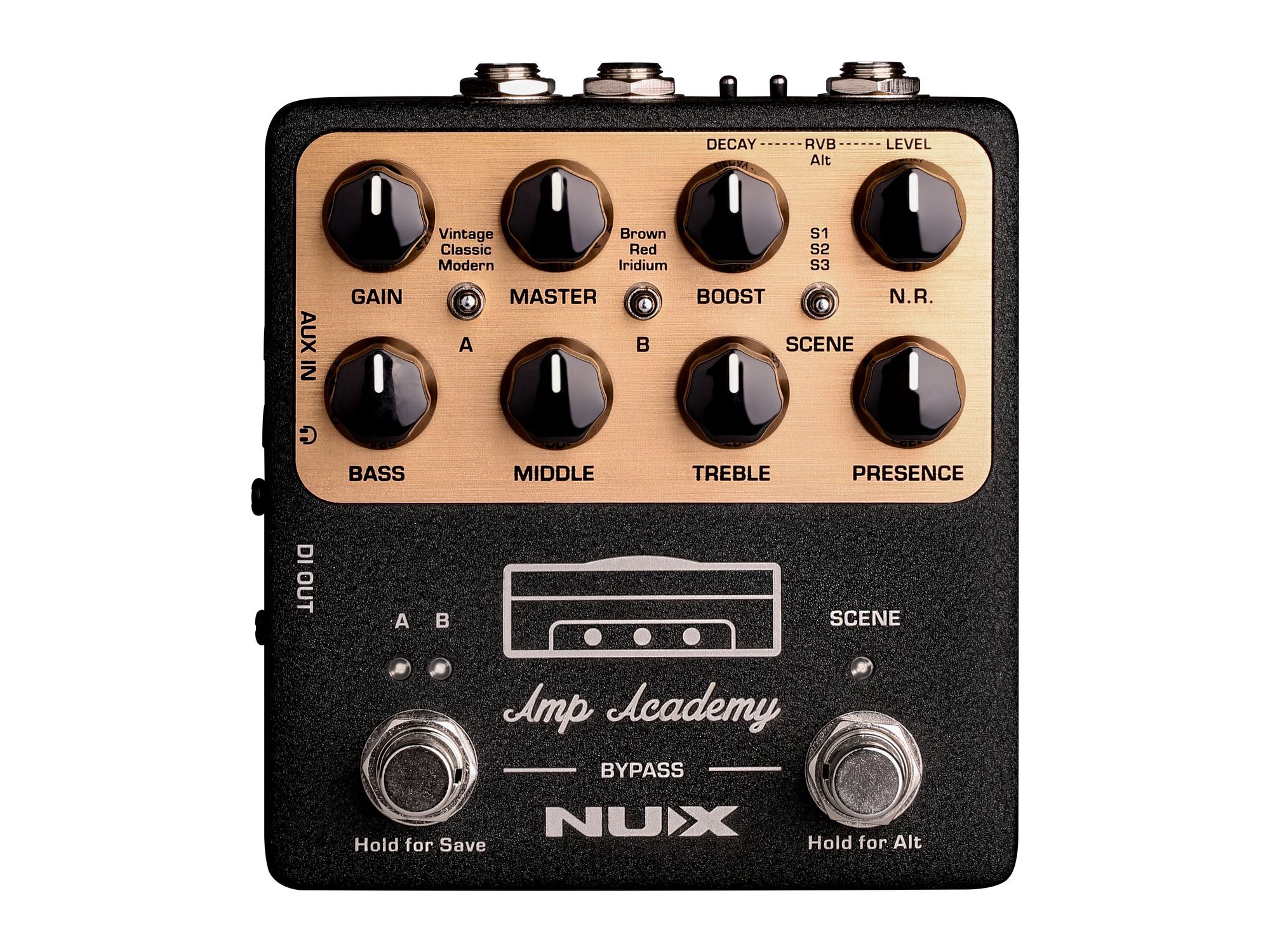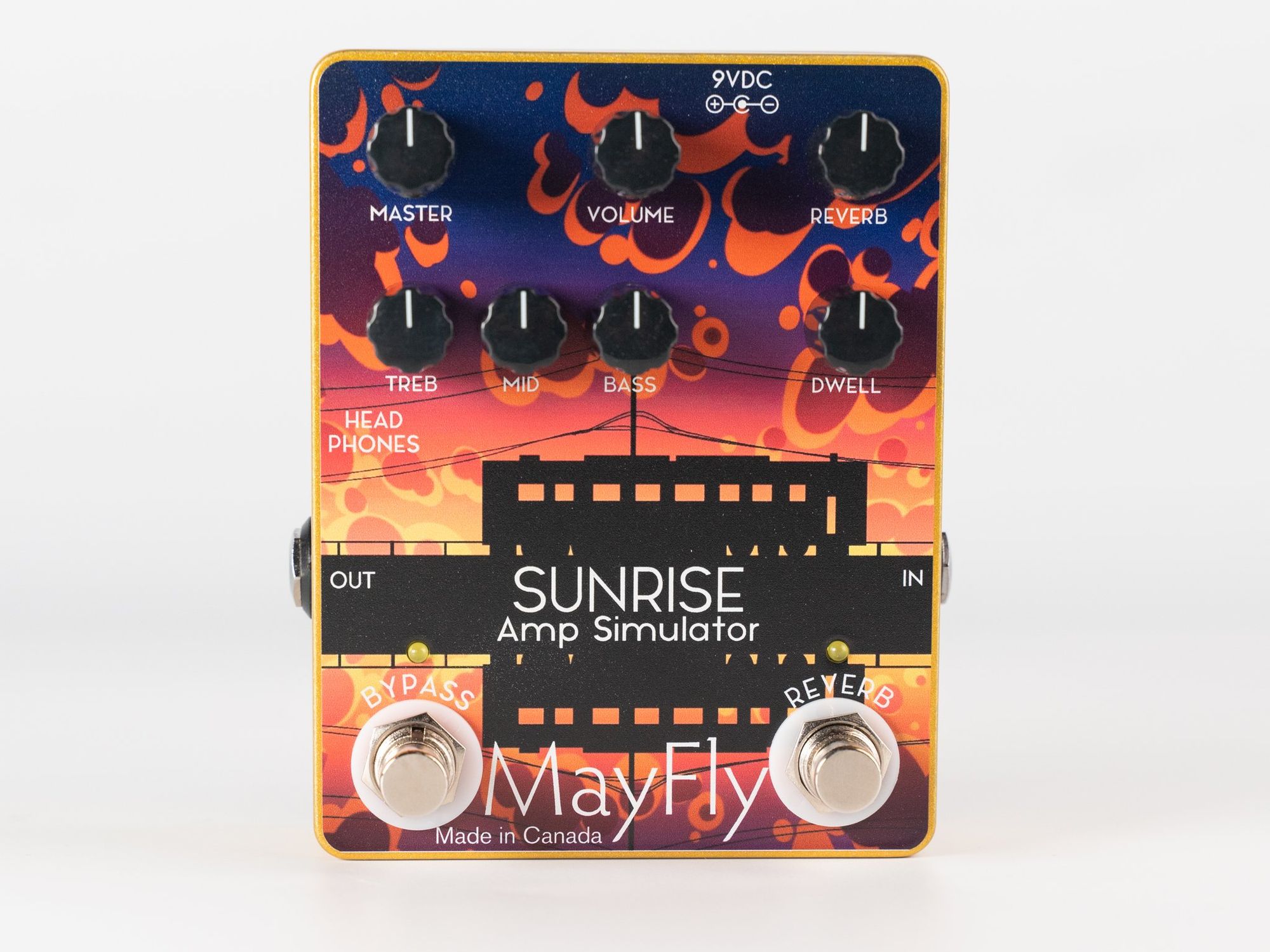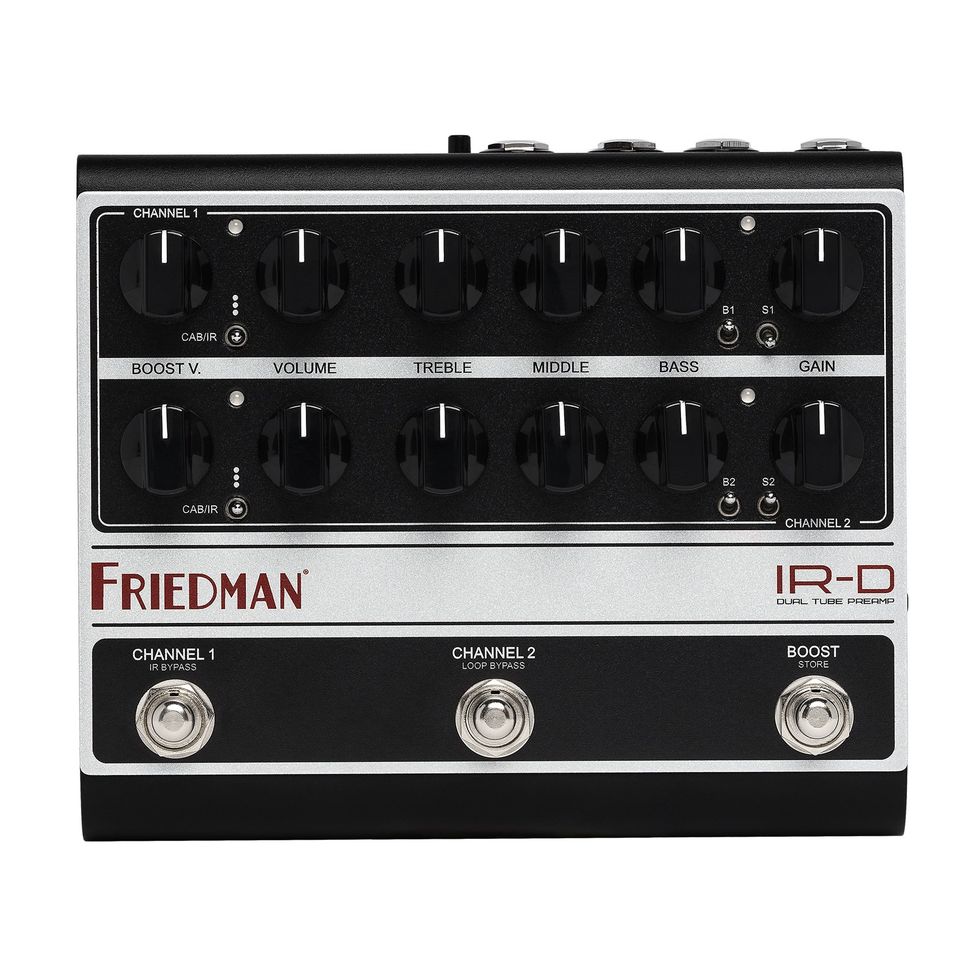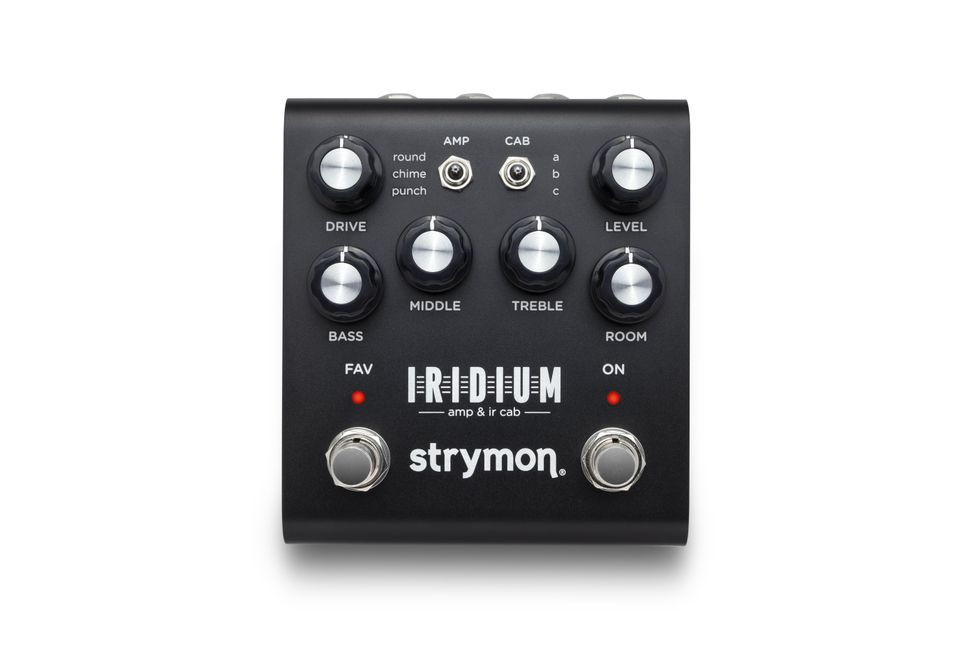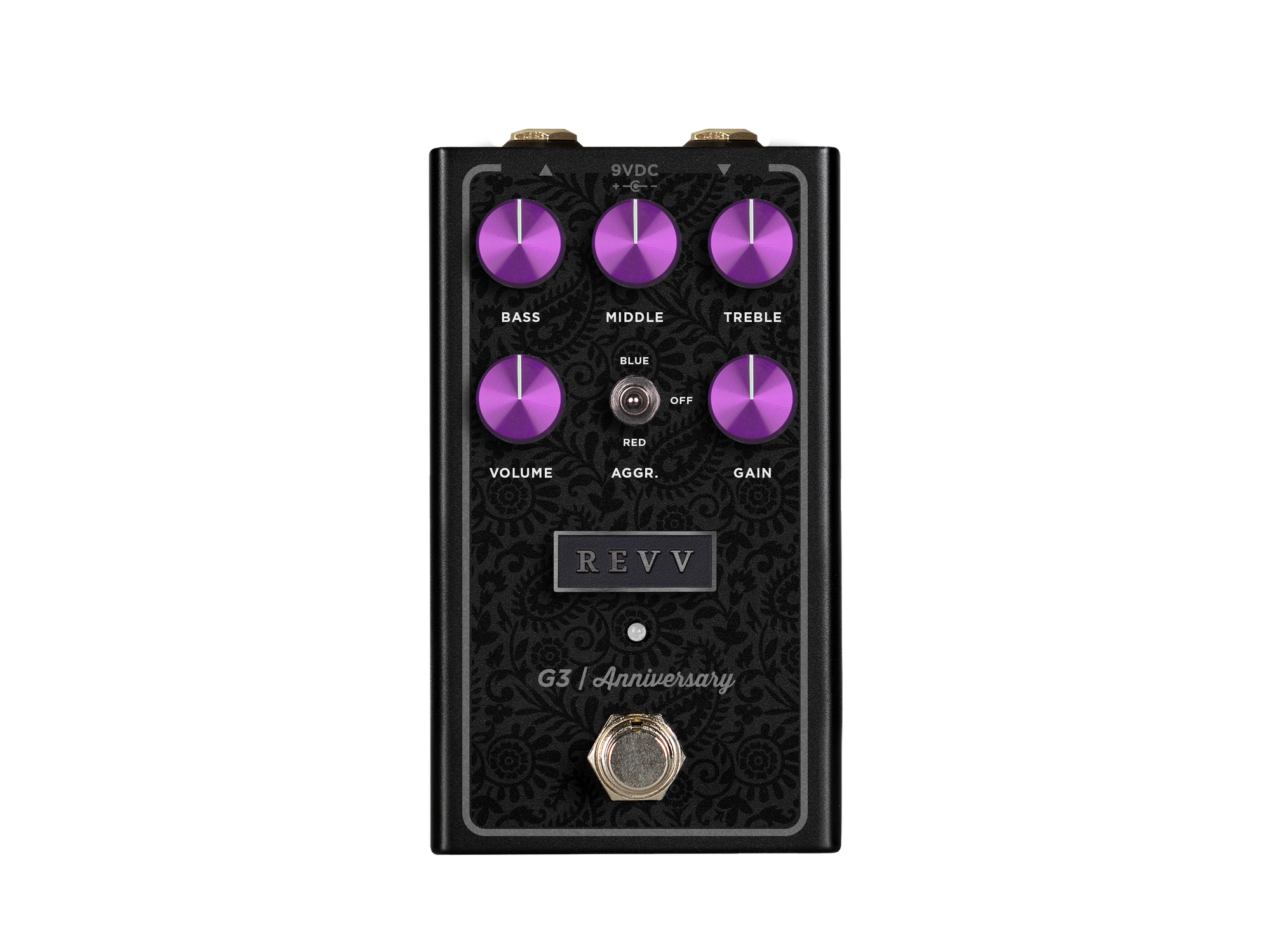Nothing quite compares to the warm, lush, chorus-y sound of strums and well-articulated arpeggios played on a 12-string acoustic guitar. Whether you’re trying to cut through the mix, fill out your collection, or take it to the stage, this list has something in every price range.
Guild F-512
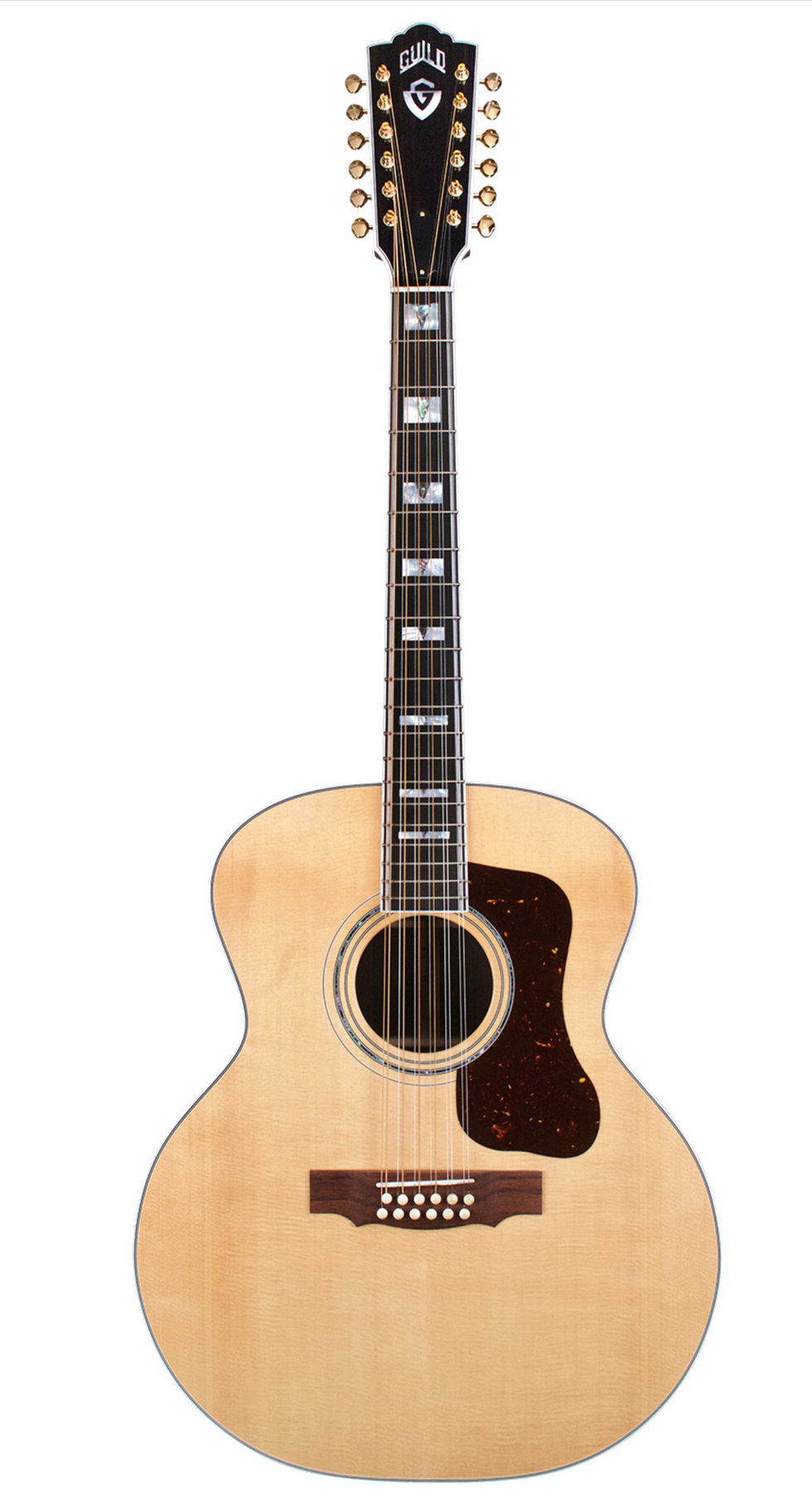
This high-end jumbo has a solid AAA Sitka spruce top, solid Indian rosewood back and sides, and scalloped Adirondack spruce bracing, and is available with an optional pickup.
$4,099 street
Taylor 254ce
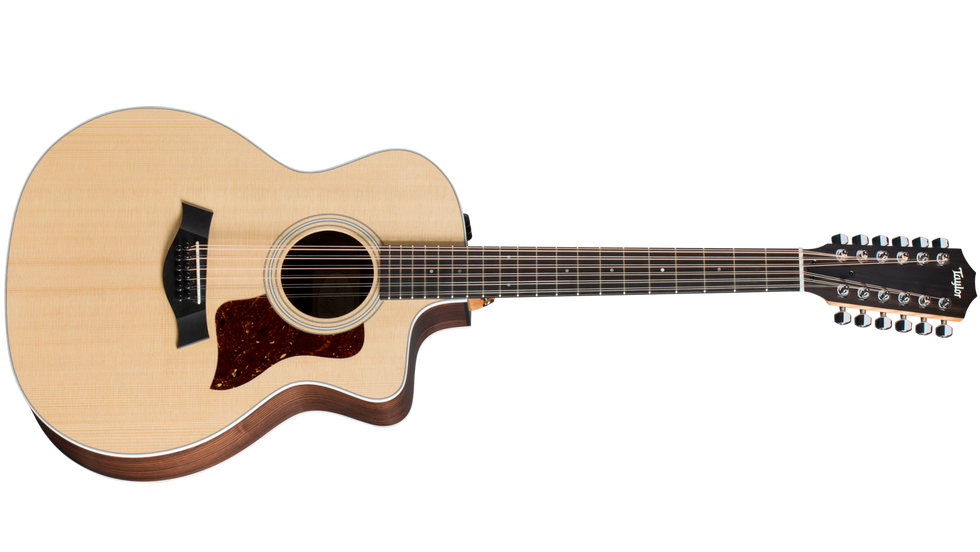
A Venetian cutaway offers upper-fret access on this 12, which features the company’s grand auditorium body, a Sitka spruce top, layered rosewood back and sides, and Expression System 2 electronics.
$1,199 street
Martin Grand J-16E 12-String
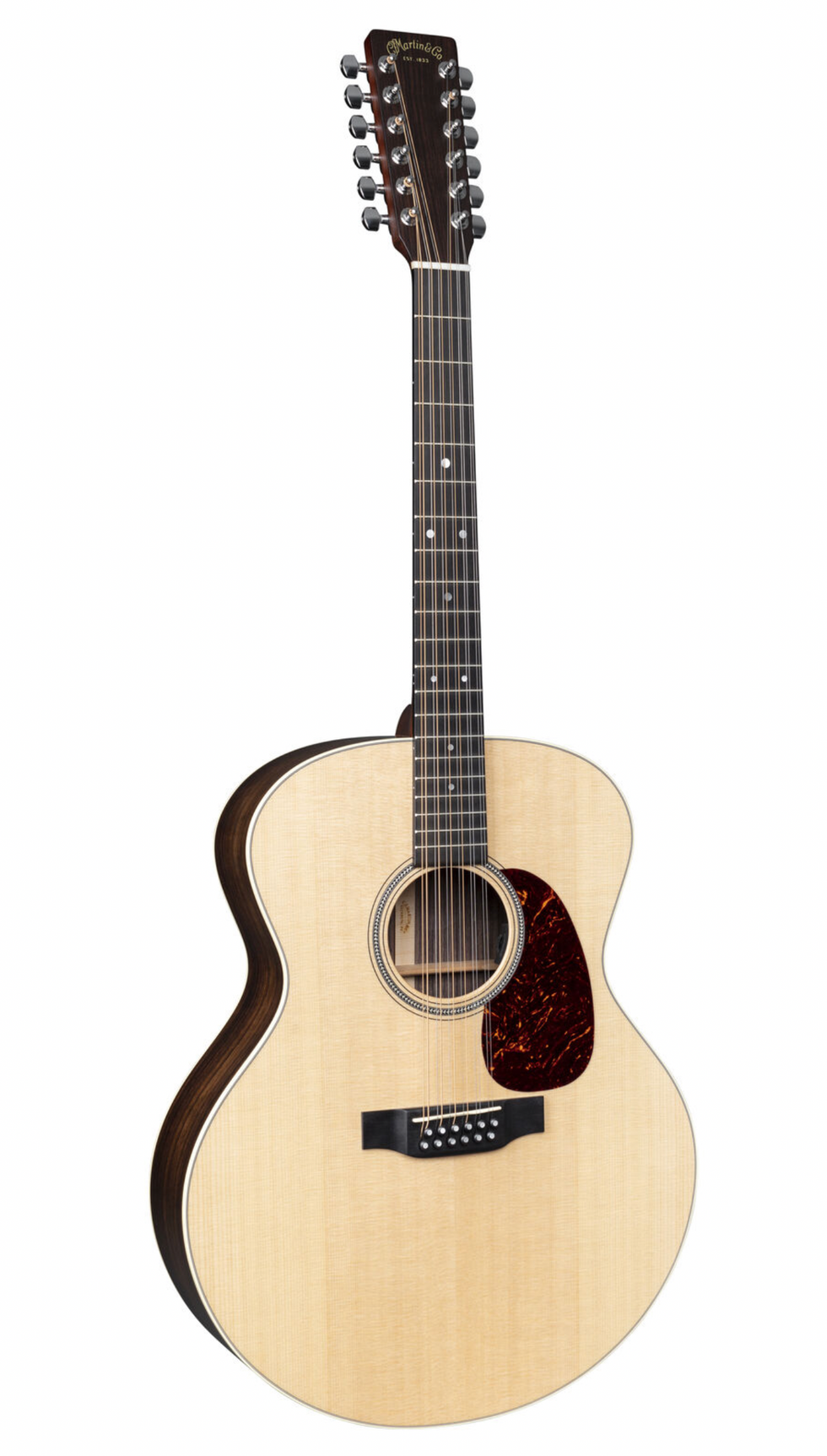
This jumbo is constructed with a spruce top, East Indian rosewood back and sides, and the company’s high-performance taper neck profile. Fishman Matrix VT Enhance electronics are included.
$1,349 street
Ovation Timeless Balladeer Deep Contour 12-String
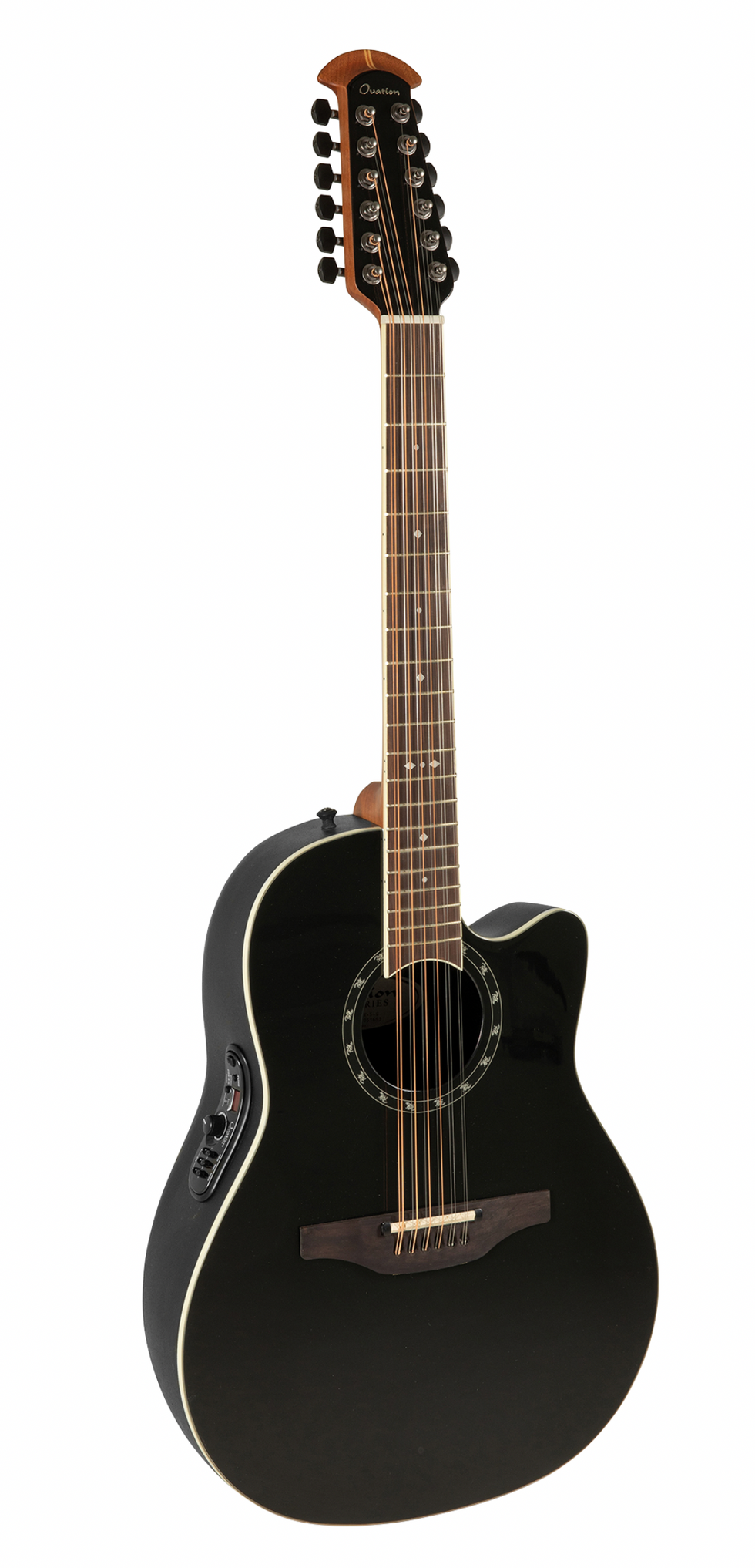
Featuring a deep contour Lyrachord body and a pearl oak leaf rosette, this 12 also includes the company’s OCP1K pickups and OP-Pro preamp.
$1,064 street
Breedlove Oregon Concerto 12-String CE
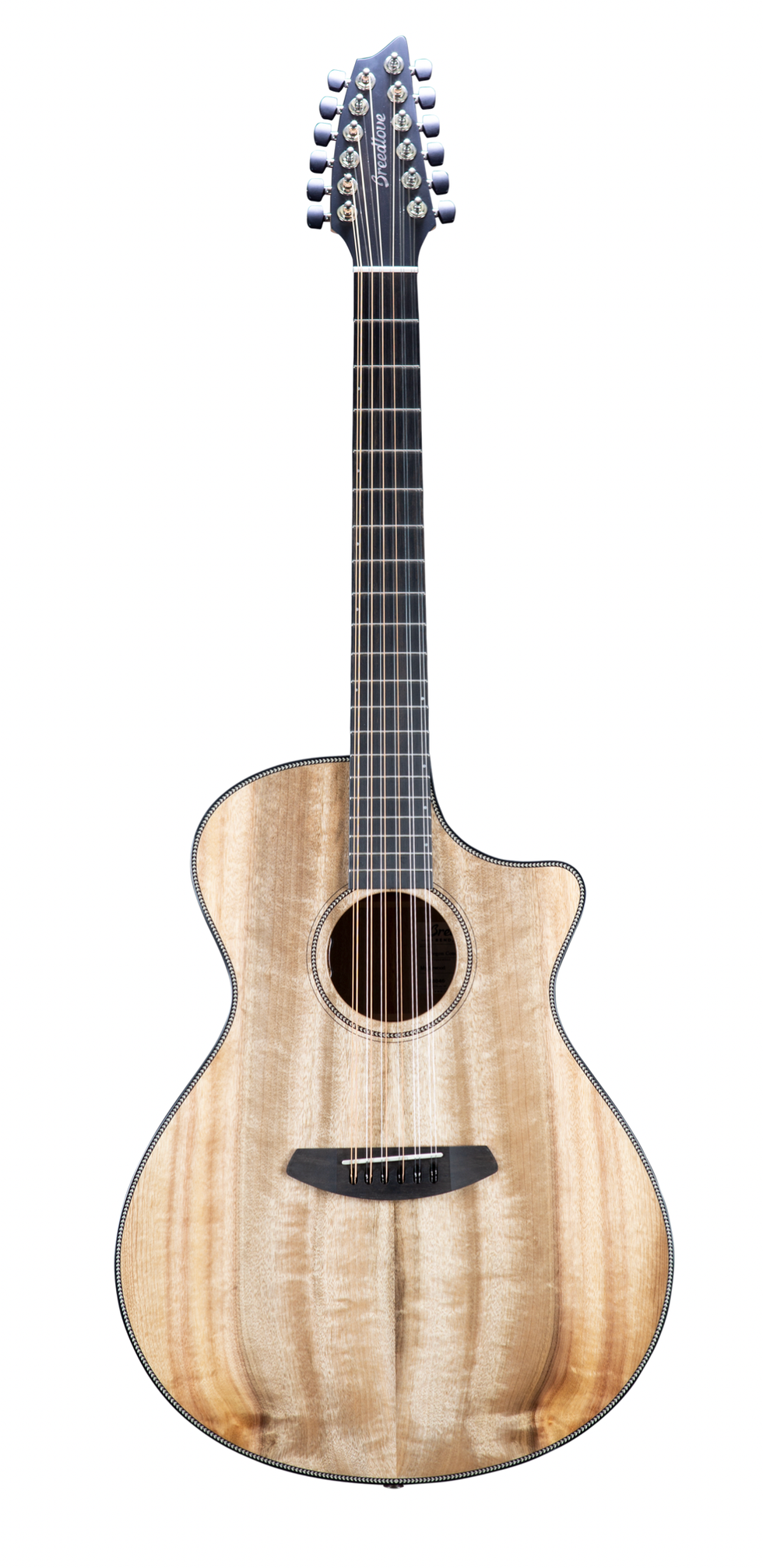
Featuring a locally sourced myrtlewood top and a concerto body style, this acoustic 12 also has a maple neck and LR Baggs EAS VTC electronics.
$2,799 street
Epiphone Hummingbird 12-String
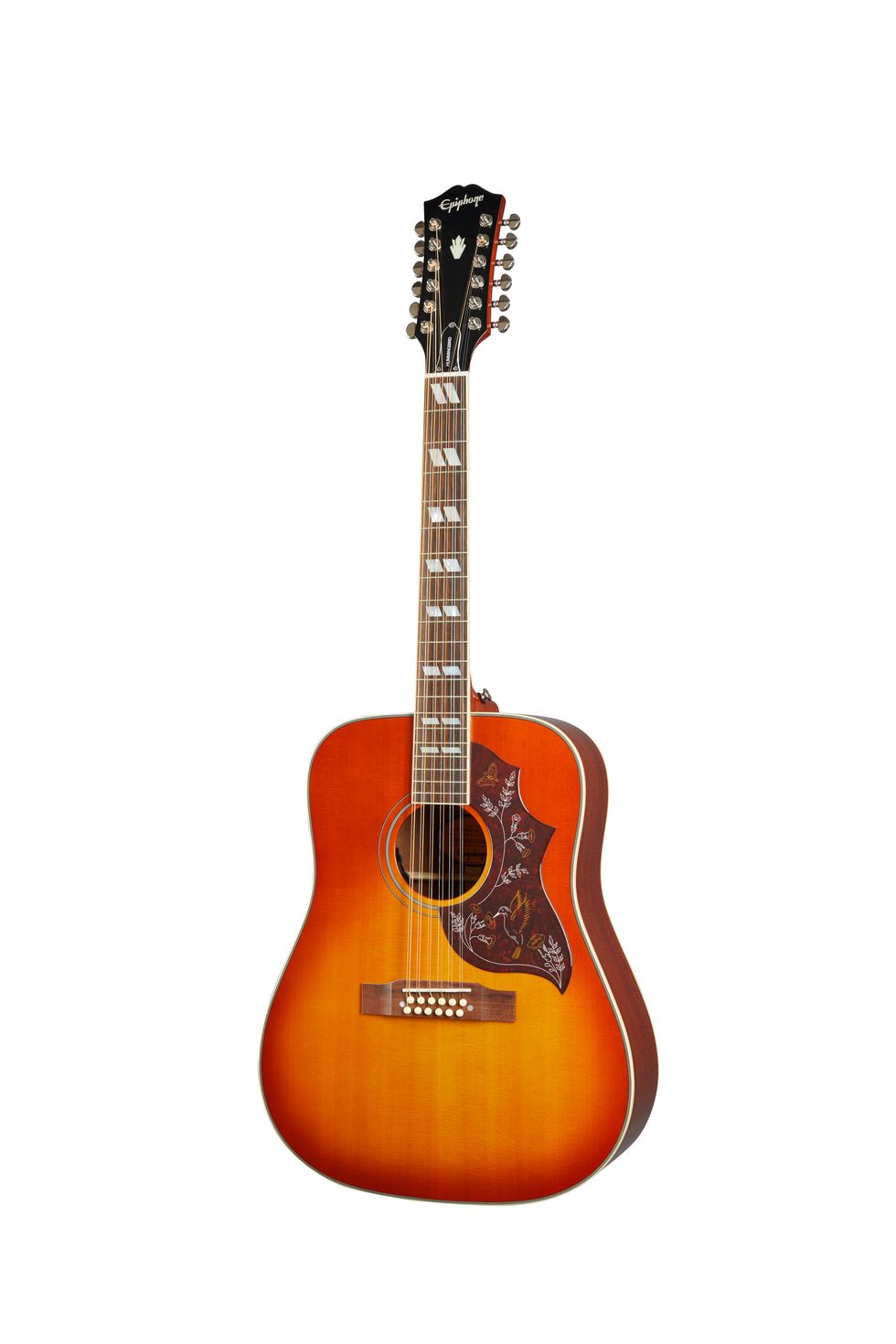
Inspired by the Gibson classic, this cherry sunburst square-shoulder dreadnought includes the model’s signature pickguard design on a solid Sitka spruce top and includes a Fishman Sonitone pickup system.
$899 street
Takamine GD30CE-12
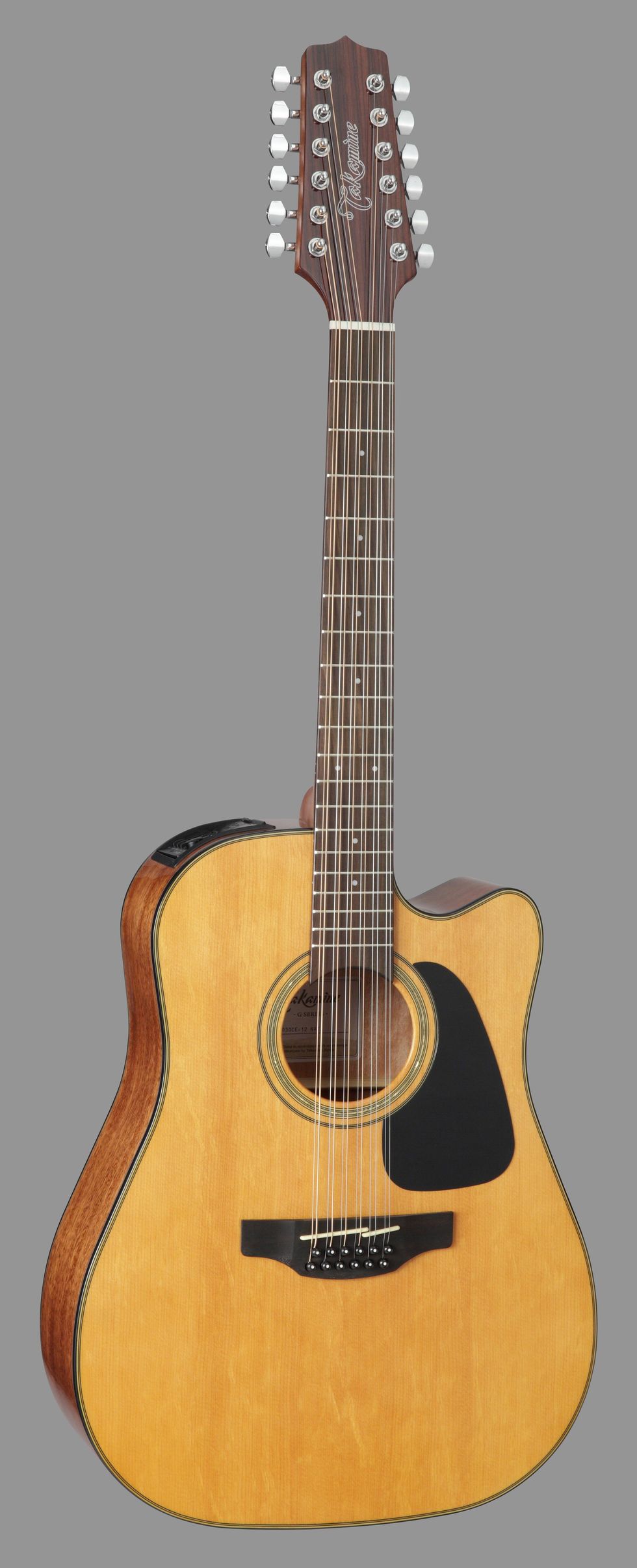
This dreadnought is an affordable entry into 12-string acoustics and comes with a solid spruce top, mahogany back and sides, plus an onboard preamp.
$669 street
Godin A12 Natural SG
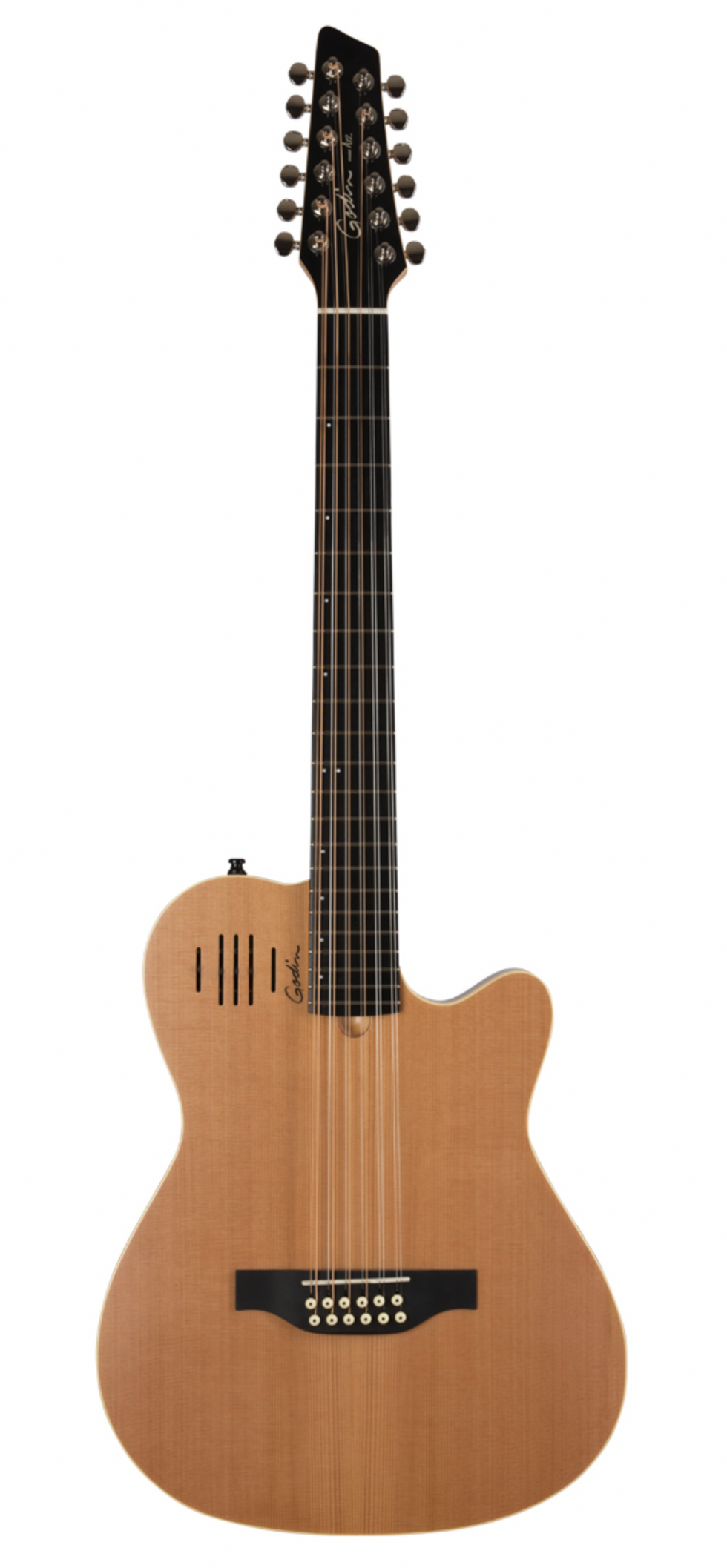
The chambered body—made of maple and Canadian Laurentian basswood—of this 12 sets it apart, as does the custom Godin transducer and top-mounted preamp.
$1,659 street
ESP TL-12
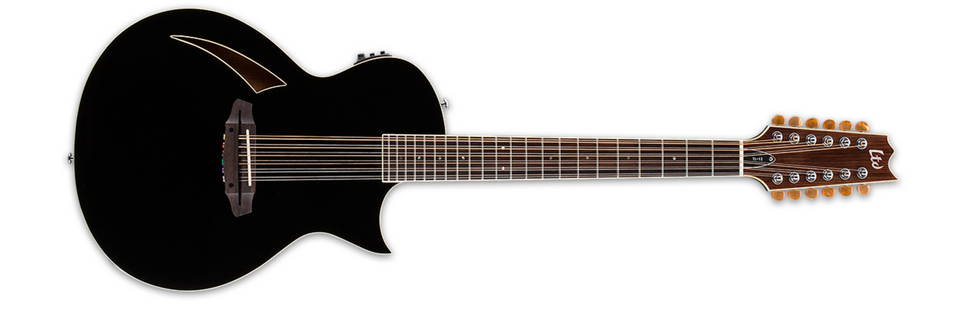
The sleek rock ’n’ roll looks of this thinline 12 is sure to stand out onstage. Features include Fishman
electronics, a spruce top, and a mahogany body.
$749 street
Yamaha FG820 12-String

The most budget-friendly model on this list still packs a punch, with a solid spruce top, mahogany back and sides, and scalloped bracing.
$379 street
